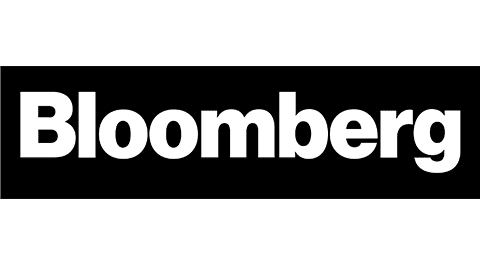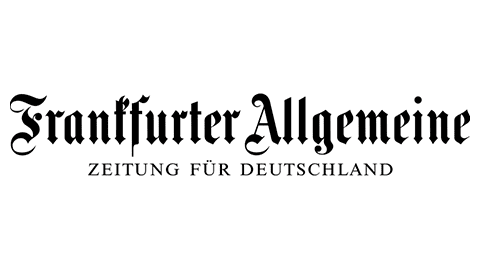PFIC Rules and U.S. Tax Implications for a Dutch BV
PFIC Rules and U.S. Tax Implications for a Dutch BV
Many American expats in the Netherlands have built a successful business. You may use a Dutch BV as a holding or operating company, your accountant is satisfied, and the Dutch Tax Authority sees no issues.
However, that same structure can have completely different tax consequences in the United States.
The IRS does not automatically view a Dutch BV as a regular company but may classify it as a PFIC (Passive Foreign Investment Company) – with significant administrative and financial consequences.
PFIC Rules Dutch BV: Why the IRS may treat a Dutch BV as a PFIC
Under U.S. tax law, a foreign corporation is considered a PFIC if:
-
At least 75% of its income is passive (such as interest, dividends, or capital gains), or
-
At least 50% of its assets produce passive income.
Many Dutch holding or investment BVs meet these criteria, especially if they receive dividends from subsidiaries or invest their own capital.
The consequence: profits from such a BV are treated in the U.S. as if they came from an investment fund. This means higher tax rates, complex calculations, and annual reporting via Form 8621.
In addition, the U.S. may tax income that has already been taxed in the Netherlands, increasing the risk of double taxation.
Exceptions that can make a difference
Not every BV is automatically a PFIC. U.S. tax law recognizes several important exceptions and nuances.
1) The 25% look-through rule
If your Dutch holding company owns more than 25% of a subsidiary that actively conducts business — with employees, revenue, and operational profit — the IRS looks through the holding structure.
In that case, the activities of the subsidiary are taken into account. If those are active, the entire structure is usually not treated as a PFIC.
2) The CFC rule (Controlled Foreign Corporation)
If you, as an American shareholder, own 10% or more of a BV, and U.S. shareholders collectively own over 50%, the BV qualifies as a CFC.
In that case, the PFIC rules do not apply simultaneously — CFC rules take precedence.
CFC taxation is generally easier to manage and offers more room for tax planning.
3) Active holdings
A BV that is not purely an investment vehicle, but also actively participates in management, consulting, or operational decisions, can be viewed as an active business.
In that case, it is not considered a PFIC, even if part of its profit comes from participations.
- The distinction may seem minor, but the consequences are significant.
- A wrong classification can lead to additional tax, retroactive interest charges, and heavy administrative burdens.
The role of Dutch tax and foreign tax credits
Some advisors claim that Dutch taxes — such as Box 3 — can be used in the U.S. as a foreign tax credit (FTC) to avoid double taxation.
In practice, this is not automatically accepted.
The IRS assesses on a case-by-case basis whether a foreign levy qualifies as “in lieu of income tax.”
Without proper documentation or legal substantiation, the credit can be denied — resulting in double taxation.
Five key points for American expats with a Dutch BV
-
Have your BV assessed to determine whether it qualifies as a PFIC or falls under an exception (look-through, active, or CFC).
-
Consider restructuring your BV to ensure it qualifies as an active business.
-
Verify whether your Dutch taxes are FTC-eligible under U.S. tax rules.
-
Be aware of the end of the partial foreign tax exemption in 2025, which may increase your Dutch tax burden.
-
Work with advisors who understand both the Dutch and U.S. tax systems — PFIC, CFC, and Form 8621 reporting should all be managed in one integrated plan.
Two systems that do not automatically align
The Dutch and U.S. tax systems are fundamentally different.
The Netherlands focuses on legal entities and “boxes,” while the U.S. taxes individuals on their worldwide income.
A structure that is optimal in the Netherlands can have unexpected and costly consequences in the United States.
Americans Overseas helps American expats in the Netherlands bridge this gap.
We connect you with tax specialists who understand how PFIC and CFC rules work in practice, how the IRS applies them, and how to prevent double taxation.
With the right advice, you can run your business with confidence — knowing your structure complies with both tax systems.
Need more information about PFIC rules Dutch BV?
Would you like an initial assessment of your BV structure or personal situation?
Contact Americans Overseas for tailored guidance and a clear overview of your U.S. tax obligations.
We help you stay compliant, without unnecessary tax pressure.




